The Different Types of Cabin Air Filters and Their Benefits
The Different Types of Cabin Air Filters and Their Benefits
Cabin air filters play a crucial role in maintaining good air quality inside your vehicle by removing pollutants, dust, and other debris from the air that enters your car through the HVAC system. However, not all cabin air filters are created equal. There are different types of filters available, each with its own unique set of features and benefits. In this essay, we will discuss the different types of cabin air filters and their benefits.
The most common type of cabin air filter is the mechanical filter. This type of filter uses a combination of mechanical and electrostatic processes to remove pollutants from the air. The filter typically consists of multiple layers of material, such as paper or synthetic fibers, that trap particles as the air passes through. Mechanical filters are typically the most affordable option and are effective at removing a wide range of pollutants, including dust, pollen, and other allergens.
Another type of cabin air filter is the activated carbon filter. This type of filter uses activated carbon to remove pollutants from the air. Activated carbon is a highly porous material that has been treated with oxygen to open up millions of tiny pores between the carbon atoms. These pores act as a sponge, trapping pollutants as the air passes through. Activated carbon filters are particularly effective at removing odors, such as cigarette smoke and other chemical compounds, as well as volatile organic compounds (VOCs) and formaldehyde.
Cabin air filter is the bio-filter
The third type of cabin air filter is the bio-filter. This type of filter uses microorganisms, such as bacteria and fungi, to remove pollutants from the air. The microorganisms consume the pollutants as food, breaking them down into harmless by-products. Bio-filters are particularly effective at removing volatile organic compounds (VOCs), such as formaldehyde and benzene, and are also effective at removing odors. They are also known as biologic or biological filter.
HEPA filter
Another type of cabin air filter is the HEPA filter. This type of filter uses a combination of mechanical and electrostatic processes to remove pollutants from the air. HEPA stands for High-Efficiency Particulate Air, which means that it is able to remove 99.97% of particles that are 0.3 microns or larger in size. HEPA filters are particularly effective at removing very small particles, such as bacteria and viruses, and are often used in medical and industrial settings.
Finally, there are combination filters that combine two or more of the above-mentioned filters in one unit. These filters provide multi-level filtration, which means that they remove a wider range of pollutants than a single-stage filter. Combination filters are particularly effective at removing a broad range of pollutants, including dust, pollen, odors, and VOCs, making them a great option for people with allergies or sensitivities to pollutants.
In conclusion, there are different types of cabin air filters available, each with its own unique set of features and benefits. Mechanical filters are the most affordable option and are effective at removing a wide range of pollutants. Activated carbon filters are particularly effective at removing odors and VOCs. Bio-filters are particularly effective at removing VOCs and odors. HEPA filters are particularly effective at removing very small particles such as bacteria and viruses. Combination filters are particularly effective at removing a broad range of pollutants. It is important to choose the right type of filter for your needs, based on the types of pollutants that you are most likely to encounter and your personal preferences. Always check the owner’s manual or consult with a professional mechanic to determine the recommended replacement schedule for the filter you choose.








